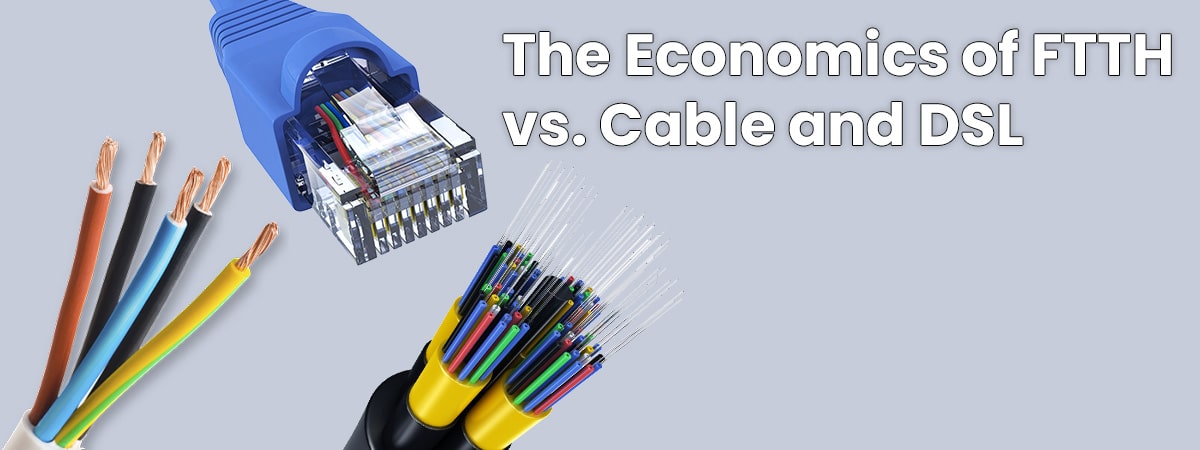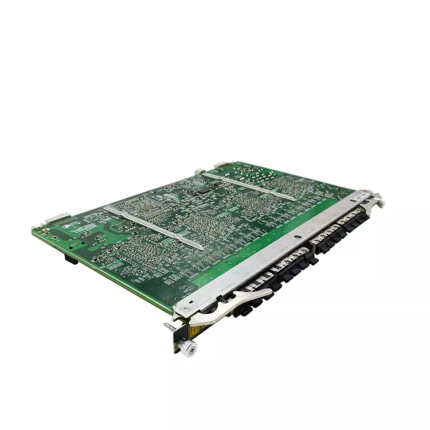The world of telecommunications has been in a state of flux for some time now, as the internet continues to evolve, and the methods of providing broadband access evolve with it. There are now a variety of options for consumers when it comes to accessing the internet, and the two most popular are fiber-to-the-home (FTTH) and cable and DSL. While both technologies offer a high-speed internet connection, they each have their own advantages and disadvantages that make them attractive to different consumers. In this article, we will explore the economics of FTTH and cable and DSL, and how they compare in terms of cost and reliability.
Cost
One of the most important factors when it comes to selecting an internet provider is the cost of service. When it comes to FTTH, the cost of installation and ongoing service can be quite expensive, due to the need to lay down fiber optic cables. The cost of the cables, as well as the labor required to install them, can be quite significant. In addition, the cost of maintenance and repair can also be high, as the cables are more complex and delicate than those used for cable or DSL.
On the other hand, cable and DSL services are typically much cheaper than FTTH. The installation costs are lower, and the maintenance and repair costs are also typically lower. In addition, many cable and DSL providers offer packages that include other services such as television. This can make the overall cost of service much more affordable than an FTTH connection.
Reliability
Another important factor when it comes to selecting an internet provider is reliability. When it comes to FTTH, the reliability is typically quite high. FTTH connections are typically much faster than cable or DSL, and the connection is much more consistent. In addition, fiber optic cables are much less susceptible to interference than cable or DSL. This means that FTTH connections are typically more reliable than cable or DSL connections.
On the other hand, cable and DSL connections are typically less reliable than FTTH connections. This is due to the fact that cable and DSL connections are much more susceptible to interference from other electrical devices, or even from the weather. In addition, cable and DSL connections can be affected by the distance between the user and the provider’s central office. This can lead to slower speeds and more frequent outages.
Conclusion
When it comes to the economics of FTTH vs. cable and DSL, both technologies have their own advantages and disadvantages. FTTH connections are typically more reliable and faster, but they can be quite expensive to install and maintain. Cable and DSL connections, on the other hand, are typically cheaper and easier to install, but they are less reliable and can be affected by interference. Ultimately, it is up to the consumer to decide which technology is right for them, based on their needs and budget.

